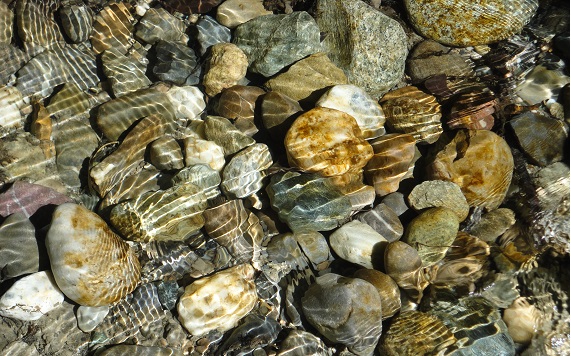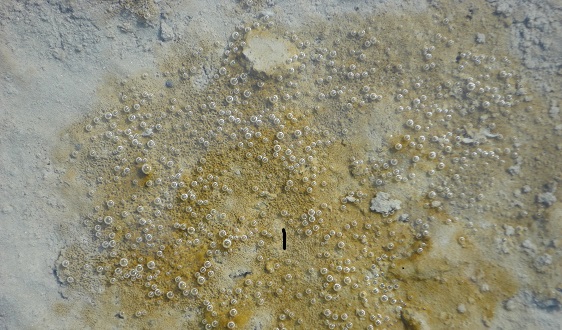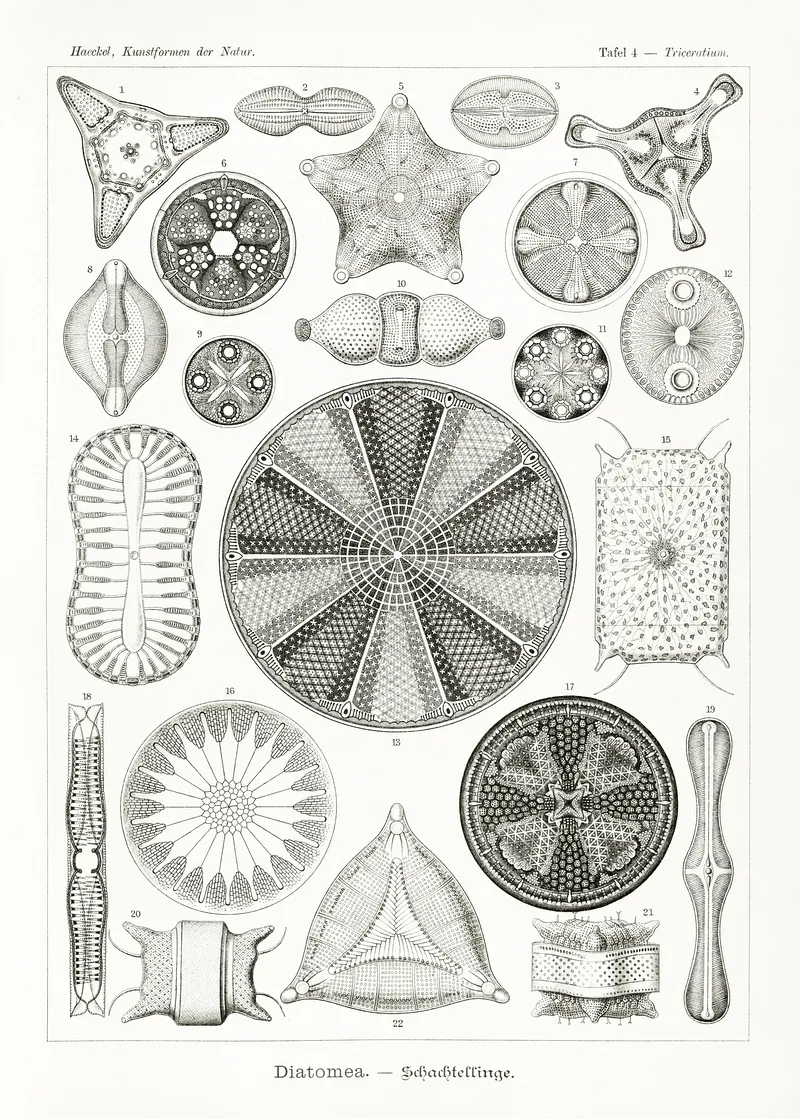
Study finds microbes with a surprising appetite
Researchers have discovered a new player in aquatic environments that thrives on nitrate.
Diatoms – unicellular organisms – have long been known to science, but their overwhelming appetite for nitrate is a new discovery made in a global survey.
Nitrate is a nutrient, widely used as fertilizer in agriculture, and today, nitrate concentrations in Earths aquatic systems are a lot higher than in pre-industrial times.
– There is too much nitrate in rivers, fjords and coastal ecosystems today. What happens to it? Will it further accumulate? Or will it be consumed – and by whom? Our new study helps answer these questions, said Peter Stief, associate professor at Department of Biology, University of Southern Denmark.

He headed the research team behind the new study, which has been published in Communications Earth & Environment. Researchers from Denmark, Germany, Spain, USA, Sweden, Jordan, Oman have contributed.
– Our research reveals that diatoms in all kinds of aquatic ecosystems have a hitherto unknown appetite for nitrate. In fact, they are extremely efficient at storing it in their cells, he explained.
The team studied diatoms collected from different aquatic habitats in different parts of the world. Stief was not surprised to find them in samples from sediments and water columns, but he was very surprised to find so many of them gathering, shoulder by shoulder, on stones in rivers and ponds, where they form slimy, greenish/brownish layers called biofilms.
A cell filled with nitrogen
In fact, he was so surprised that he threw the first of these samples away, believing there had been a mistake.
– After a while, I decided to look at these samples in the microscope, and then I saw the many different diatom cells. So now we know that very high numbers of nitrate-storing diatoms also live on the surface of stones in aquatic environments.
The research has also revealed that diatoms living on the surface of stones are extremely efficient at up taking and storing nitrate inside their cells. When you look at a diatom biofilm on a stone surface, 95% of the nitrate in that biofilm will be inside the diatom cells. For comparison, only 1% of the nitrate in a water sample will be inside the diatom cells; the rest circulates freely in the water.

So, the newly discovered diatom biofilms on stone surfaces are highly efficient at storing nitrate. But what happens with it?
– The reservoirs of nitrate make the diatoms independent from their surroundings and also more competitive over microbes that cannot store nitrate. They can keep it for bad times and they end up doing mainly two things with it: Either they use it as a nutrient to grow, or – and this is very cool and very unusual in the microalgal world– they use it to replace oxygen, explained Peter Stief.
So far, diatoms are the only group of microalgae known to use nitrate for respiration in the absence of oxygen, which is a form of (anaerobic) metabolism that is relatively widespread in the bacterial world.
Why replace oxygen?
When does a diatom need to replace oxygen? In deep sediments and at night.
To protect themselves against (tidal) currents, diatoms migrate to deeper sediment layers that typically lack oxygen. At night, diatoms being photosynthetic cannot produce oxygen, and their habitat may become anoxic.
Respiring on nitrate allows them to live and function in the deep and at night.
What happens to the nitrate?
Do diatoms help remove nitrate from the environment? Yes. And no.
They do, as many other microbial life forms and algae, thrive on nitrate as a nutrient. But there is also a byproduct when they use nitrate for respiration, and that byproduct is ammonia.
Ammonia is a nutrient, similar to nitrate, so short version is that diatoms eat one nutrient and produce another.
The big element cycles on Earth
Nitrate is part of the global nitrogen cycle, one of Earths big element cycles – others are the carbon cycle and the sulfur cycle.
– With the discovery of these new habitats for nitrate-respiring diatoms, we can now add a chapter to the understanding of the nitrogen cycle. Studying the nitrogen cycle is important to possibly predict the effect of nitrate pollution on aquatic life in general and on diatoms as key players in climate regulation in particular.
Top photo courtesy of Carolina Biological Supply Company.
Meet the researcher
Peter Stief is a biologist and an expert in aquatic microbial ecology at Department of Biology and Danish Center for Hadal Research.
What are diatoms?

A diatom is not an animal, nor a plant, but a single-celled alga that lives in water. There are estimated 20.000 – 2.000.000 different species, all clad in intricately patterned silica shells for protection.